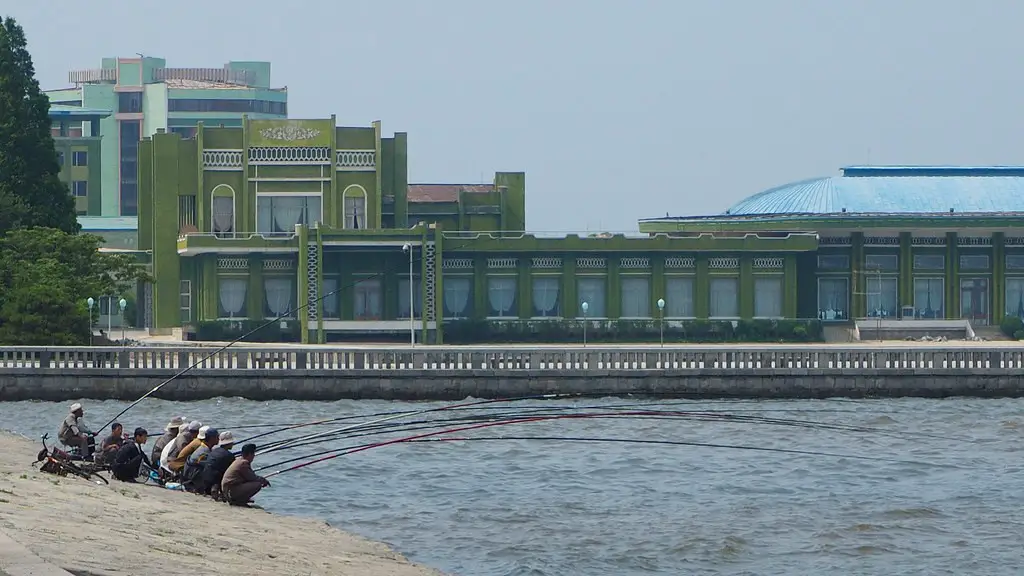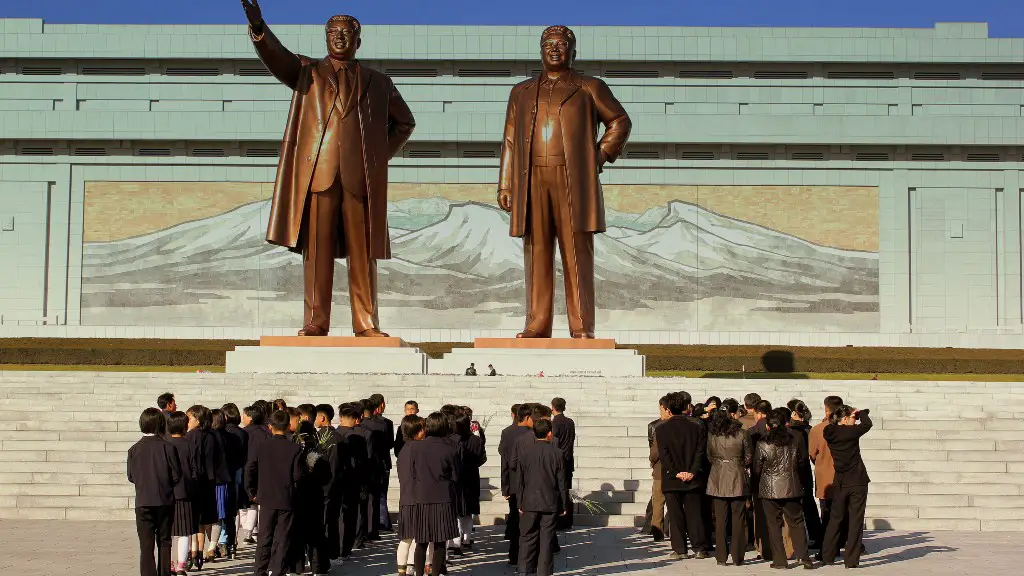What is an EMP?
EMP stands for Electromagnetic Pulse and is a pulse of electrical energy in a magnetic field. It is created by the detonation of a nuclear weapon at high altitude, usually 30 km above the ground or higher. An EMP is capable of disabling electrical infrastructure on land and in some cases, even on aircraft flying at high altitude. The EMP threat has been a key focus of international defence experts throughout the years and is often seen as a potentially devastating weapon.
What are the Types of EMP?
There are two types of EMP: high-altitude EMP (HEMP) and low-altitude EMP (LEMP). HEMP is caused by nuclear detonations of high altitude (>30 km) while LEMP is caused by nuclear detonations of low altitude (<30 km). HEMP produces a much larger electromagnetic pulse than LEMP, resulting in a greater geographic area of destruction depending on the strength of the detonation. Both types of EMP are composed of huge bursts of energy that are extremely powerful and damaging.
Does North Korea Have An EMP?
It has been widely speculated that North Korea has the capability to launch EMP attacks and there is evidence that the country is actively developing such technology. According to some analysts, North Korea views EMP attacks as a viable way of countering any US-led military intervention against it. North Korea has also tested its nuclear capabilities several times since 2006, with the most recent reported test taking place in 2017. It is believed that these tests are part of the regime’s attempts to develop an effective EMP weapon.
Furthermore, in 2017, US intelligence communities reported that the North Korean regime had the capability to fire a missile with a nuclear warhead. North Korea is known to be in possession of long-range missiles. If they were to deploy a nuclear warhead that could reach the US, they would certainly have the capacity to carry out a devastating EMP attack.
In addition, North Korea has had a long history of cyber-attacks, and many experts believe that such attacks could be used in combination with an EMP attack for maximum effect. North Korea has reportedly attempted to infiltrate foreign countries’ power grids and other critical infrastructure, which shows the regime’s interest in cyber-attacks as a form of attack.
How Would North Korea Utilize An EMP?
If North Korea were to unleash an EMP attack, it would likely target the US power grids and other critical infrastructure, such as transportation and communication networks. Such an attack could potentially cause blackouts in cities, disable communication channels and render all electronic devices useless. Additionally, North Korea has the capability to launch multiple EMP attacks in quick succession, which could cause further damages.
What Are the Effects of an EMP?
The effects of an EMP attack would be widespread and catastrophic. Depending on the size and strength of the attack, it could cause significant damage to power grids and electrical infrastructure, leading to widespread blackouts. Additionally, it could also cause permanent damage to all electronic devices, such as computers and mobile phones, as well as interfere with communication networks, leading to a halt in communications.
What Are The Countermeasures Available To Counter AnEMP Attack?
The primary countermeasures available to protect against an EMP attack are hardening technologies, which aim to strengthen infrastructure to be able to withstand the force of an attack. Such technologies include active protection systems, improved grounding systems and shielding. Additionally, governments can also conduct EMP simulations to evaluate the implications of an attack on critical infrastructure and devise appropriate countermeasures.
What Are The Standards And Regulations In Place To Protect Against An EMP Attack?
The International Electrotechnical Commission (IEC) has put in place several standards and regulations to protect against EMP attacks. These include a series of protocols for testing the vulnerability of electrical systems to electromagnetic pulses, as well as the introduction of mandatory hardening measures for power grids and other critical systems. Additionally, the IEC has devised guidelines for emergency personnel who are responding to an electromagnetic pulse attack.
What Are The Implications Of An EMP Attack?
An electromagnetic pulse attack could have devastating implications for human society. It could cripple electrical infrastructure and communication networks, leading to widespread blackouts. In addition, it could also lead to significant economic losses due to disruption of transportation networks and the inability to access financial systems. Furthermore, the long-term effects would be even more severe, such as the lasting damage to electronic devices, the need to replace critical infrastructure, and the loss of jobs as a result of the disruption to businesses.
Are There Any International Efforts To Address The Threat Of An EMP Attack?
Yes, the United Nations is leading several initiatives to address the threat of an EMP attack. These efforts include the establishment of an International Electromagnetic Pulse (EMP) Risk Assessment Group, which is tasked with identifying the implications of an attack and devising countermeasures. Additionally, the United Nations has held several conferences to discuss the ramifications of such an attack, as well as measures that can be taken to protect critical infrastructure from such an attack.
What Are The Countries Most At Risk Of An EMP Attack?
Given that the US is seen as one of the most likely targets of an EMP attack, it is expected that the US would be the most at risk. However, other countries, such as Canada, Japan, South Korea and the UK are also seen as vulnerable to an EMP attack. Additionally, some experts believe that an attack could be extended to other countries in the event of a prolonged conflict.
What Are The Effects Of An EMP Attack On Civilian Life?
An EMP attack would lead to significant disruption in civilian life, such as disruptions to transportation networks, communication networks, financial systems, power grids and other critical infrastructure. Additionally, there could also be long-term consequences, such as disrupted medical systems, food shortages and water scarcity, as well as long-term damage to electronic devices. Furthermore, such an attack could also lead to an extended period of chaos, with citizens unable to access resources and services, leading to civil unrest and social disruption.
Should Countries Be Prepared To Counter An EMP Attack?
Given the immense destruction that an EMP attack could cause, countries should certainly be prepared for such an attack. Governments should invest in hardening technologies to protect critical infrastructure and devise counter measures to reduce the impact of an attack. Additionally, countries should also invest in better intelligence to identify the source of an attack, as well as form alliances with other countries to develop collective strategies to counter the threat.



